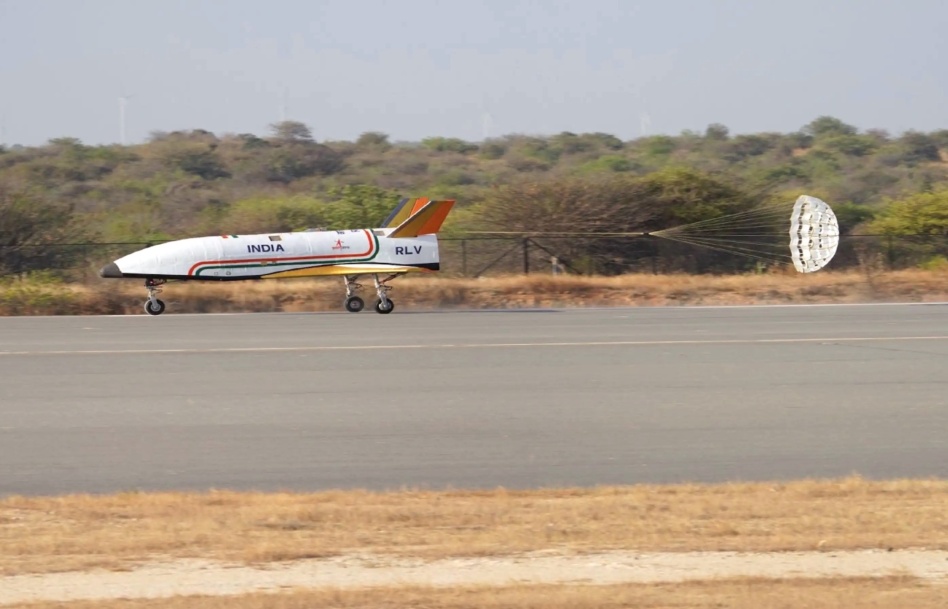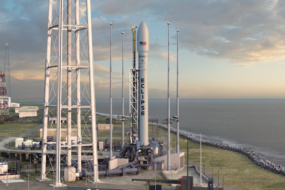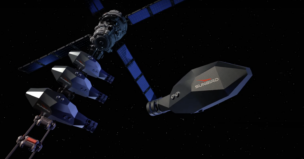An uncrewed spaceplane prototype developed by ISRO successfully landed on a runway at Chitradurga, India, on April 2.
The winged vehicle, officially called the Reusable Launch Vehicle Technology Demonstrator (RLV-TD), was heli-dropped from 4.5 kilometers to simulate an approach from space. The RLV-TD plane then maneuvered itself to the runway and deployed a parachute to kill much of its velocity of 350 kilometers per hour.
How we got here
ISRO built the RLV-TD as a flying testbed for evaluating technologies needed to ultimately build an Indian reusable launch vehicle. In 2016, ISRO launched a heat-shield-enabled RLV-TD to an altitude of 65 kilometers at hypersonic speeds, which successfully steered itself 450 kilometers to a targeted splashdown at sea. This month’s precise landing test of an RLV-TD complements the 2016 flight.
Let’s go orbital
In a post-landing address, ISRO Chief S. Somanath said the agency will conduct more landing experiments (LEX) under varied conditions to continue refining a RLV design. The ultimate such test will see a 60% larger RLV-TD autonomously land after being launched to orbit on a modified GSLV rocket.
The orbital RLV-TD could spend up to a month in space, autonomously operating payloads and experiments onboard, and then deorbit itself and land on a runway. ISRO even intends to test air-breathing propulsion on a future RLV-TD flight to assess its viability as part of RLV’s ongoing design ideation.
What India’s spaceplane isn’t
Media outlets have frequently compared the RLV to NASA’s retired Space Shuttle. But ISRO is neither designing the RLV to carry humans to space nor is it intended to be a heavy-lift launch vehicle. As an autonomous platform, the RLV will be much more akin to the Boeing X-37B and Sierra Space’s Dream Chaser.
What’s the catch?
The RLV is an exciting project that could boost India’s rocket fleet but it’s also missing a public target launch year. The RLV is also a low priority while ISRO’s major growth focus remains its Gaganyaan program to indigenously send humans to space by mid-decade.




